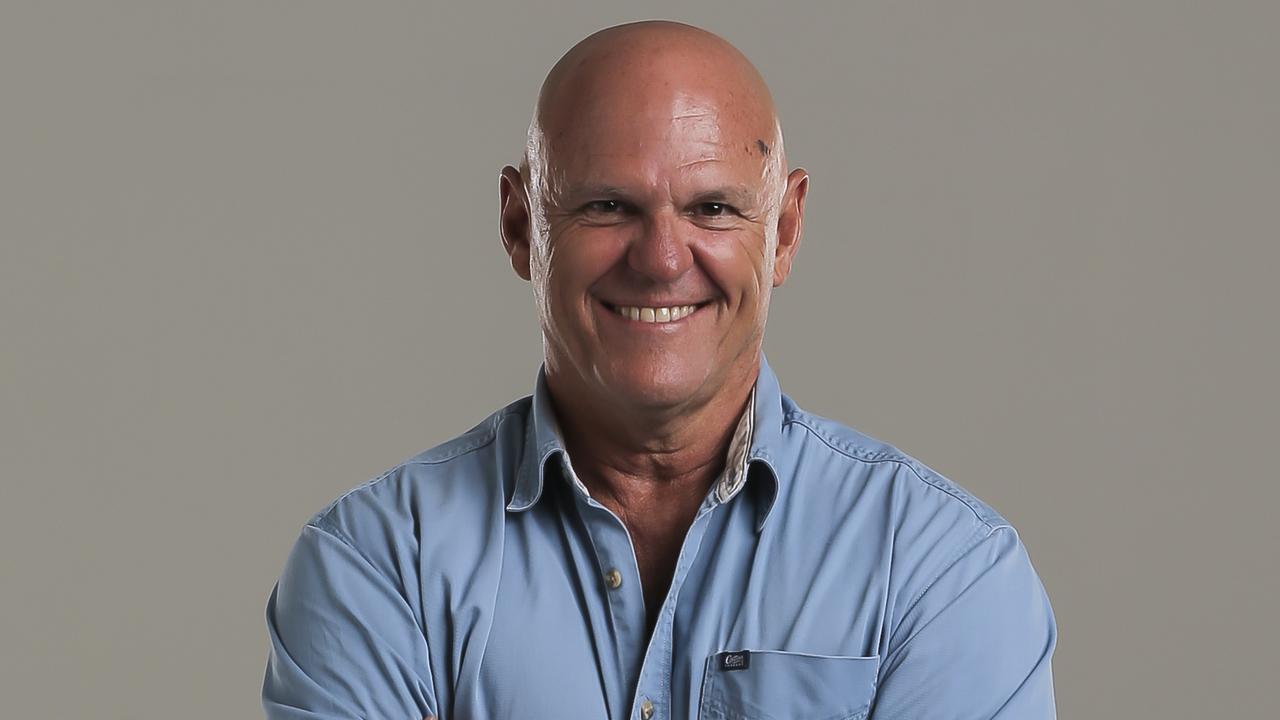Editorial: Vincent O’Dempsey’s possible role in Whiskey Au Go Go blaze warrants investigation
THE suggestion that McCulkin killer Vincent O’Dempsey was involved in the 1973 Whiskey Au Go Go nightclub firebombing needs to be investigated.
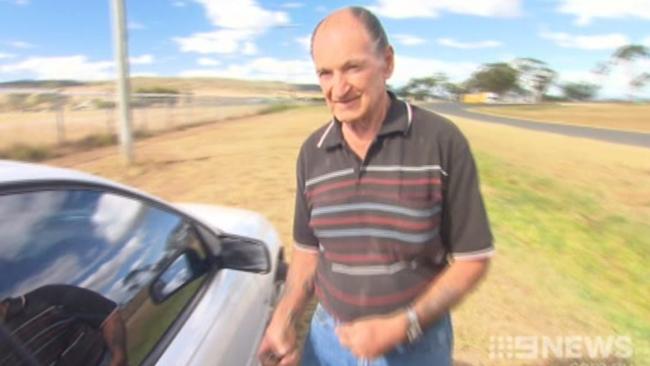
Opinion
Don't miss out on the headlines from Opinion. Followed categories will be added to My News.
THE revelation at the sentencing hearing yesterday of the McCulkin killers, Vincent O’Dempsey and Garry Reginald Dubois, that there was “evidence” O’Dempsey was “involved” in the tragic firebombing of the Whiskey Au Go Go nightclub in Fortitude Valley in early 1973 has
far-reaching ramifications.
For one, it draws into the murky Whiskey picture another potential suspect – a cold-blooded mass killer and ballistics expert, who, according to his trial evidence, probably organised and sanctioned the Torino’s nightclub fire just 10 days before the Whiskey. Fifteen innocent people lost their lives in the Whiskey blaze, which at the time was Australia’s worst mass murder.
Since the conviction of John Andrew Stuart and James Richard Finch for the Whiskey killings in late 1973, a lid was effectively put on the case.
The coronial inquest into the fire lasted less than two days and has never been reopened. Crucial documents in the case went missing, including substantial portions of the transcript of the trial of Stuart and Finch, pages that primarily dealt with evidence given by police who arrested and questioned both suspects.
On top of this, the Whiskey murder files have a 100-year non-publication order placed over them. They will not be able to be legally viewed until 2073.
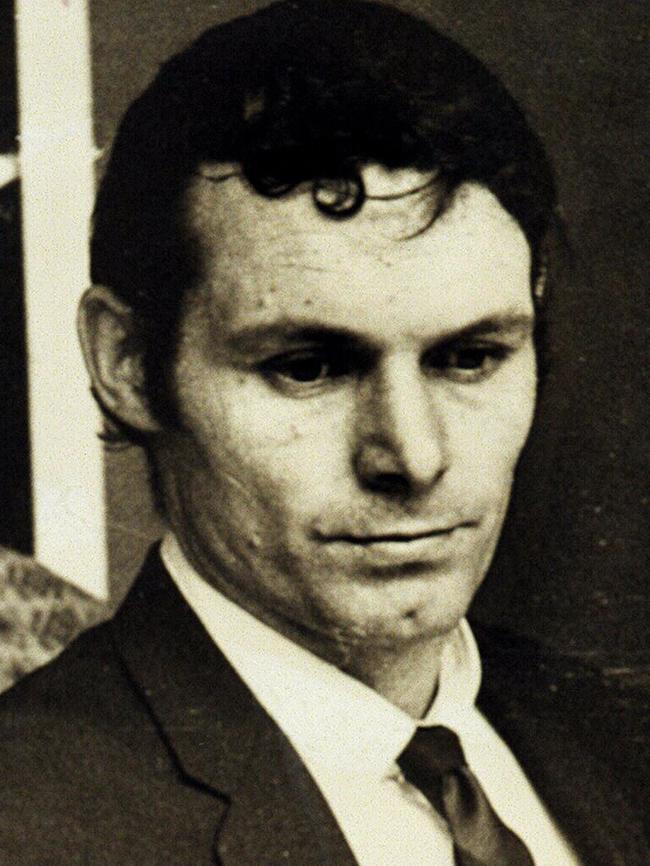
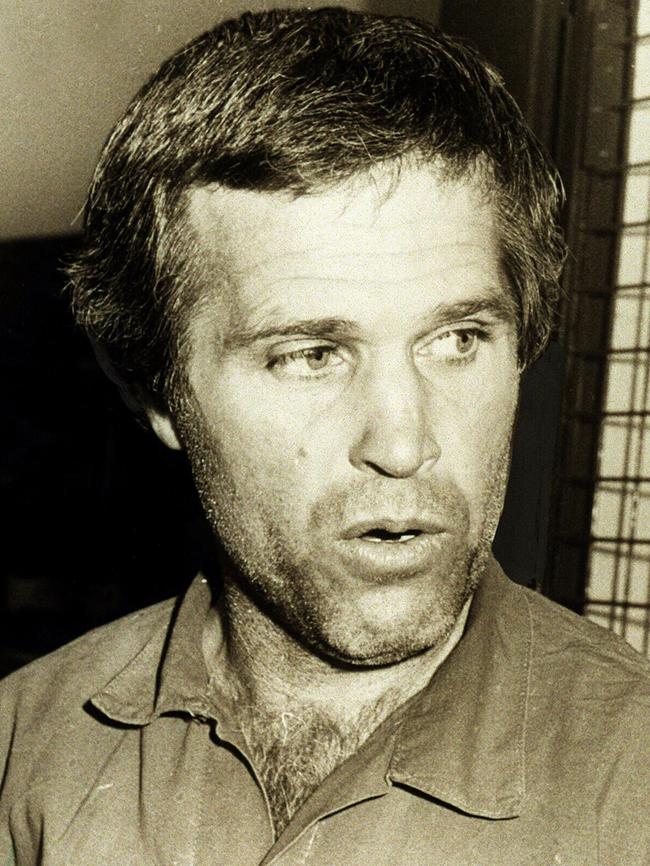
Furthermore, there was evidence given at the trials of O’Dempsey and Dubois that Barbara McCulkin had remarked before her death that if police investigating the Whiskey had asked the right questions, they would have learnt that there were “more” people behind the firebombing than just Stuart and Finch.
A political stench has also lingered around the Whiskey tragedy.
In the lead-up to the 1973 bombing, Stuart made false assertions in the local press that Sydney gangsters were heading north to extort Brisbane nightclubs, and he mentioned that the Whiskey was to be a target. It was an elaborate alibi for Stuart.
But it’s understood that following his arrest for the firebombing, Stuart told a Queensland detective that part of the motive behind the Whiskey was “political”. That, in effect, this horrible crime may have been committed to discredit then police commissioner Ray Whitrod and his police minister, Max Hodges. The honest Whitrod had for years been pilloried by the police union of the day and corrupt police.
The Whiskey was mentioned on the first day of O’Dempsey’s trial in early May, throughout the trial proper, and yesterday it again featured prominently during the sentencing hearing.
The surprise revelation that O’Dempsey could potentially be a suspect in the Whiskey torching cannot go untested.
While the truth behind the Whiskey has always remained blurred, this twist has the potential to rewrite our history and correct the past.
To honour the 15 Whiskey dead and the many living victims, some of whom continue to suffer health problems from that indescribable night in 1973, it is now incumbent upon the State Government to hold a full and independent investigation into the real circumstances behind one of Queensland’s most heinous crimes.
It is well overdue.
*******************************************************************************
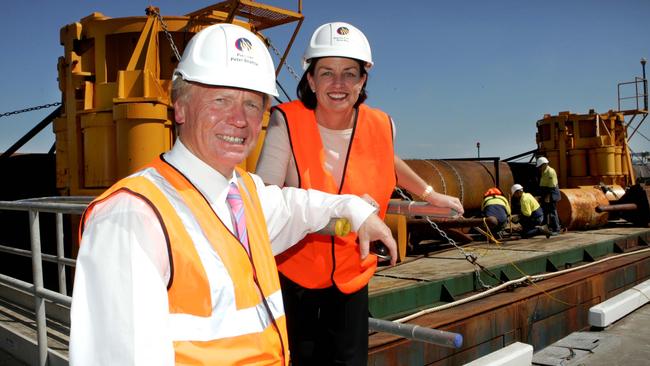
HOUSEHOLDS BEING SLUGGED MORE FOR LESS WATER
IT WOULD be laughable if it weren’t so serious. Southeast Queensland households are set to be slugged more for water because they aren’t using enough.
The warning is contained in an Auditor-General’s report, which found Seqwater is not making enough out of bulk water charges to reduce its enormous debt.
Why is this occurring? Partly because population forecasts haven’t materialised. However, the principal cause is that households became more efficient and stayed more efficient with their use of water because that’s what the Government told them to do.
It seems the Government relied on the belief that voters wouldn’t listen to them and would revert back to their old ways. How wrong they were.
Southeast Queenslanders are now poised to pay an even higher price for the shortsighted approach of former Labor governments when it came to the provision of essential water infrastructure.
The former Beattie government preferred to blame what it dubbed the “Millennium Drought” for its sudden $8 billion spending spree on pipelines, desalination plants and a recycled-water system that has never been properly used.
And in that period when the southeast’s fleet of dams were at risk of running dry and households given four-minute egg timers to reduce their showering times, there was little reflection on the cause and consequences.
While that drought was significant, what it exposed was the precarious position of the southeast’s supply sources and what little attention had been paid to water, despite the region’s population boom.
If the infrastructure had been more carefully planned, priced and completed, rather than constructed in a crisis, the price that households pay now for water would be significantly lower.
Solving southeast Queensland’s exorbitant water prices is certainly no laughing matter.

